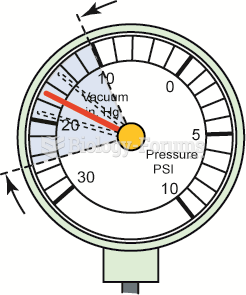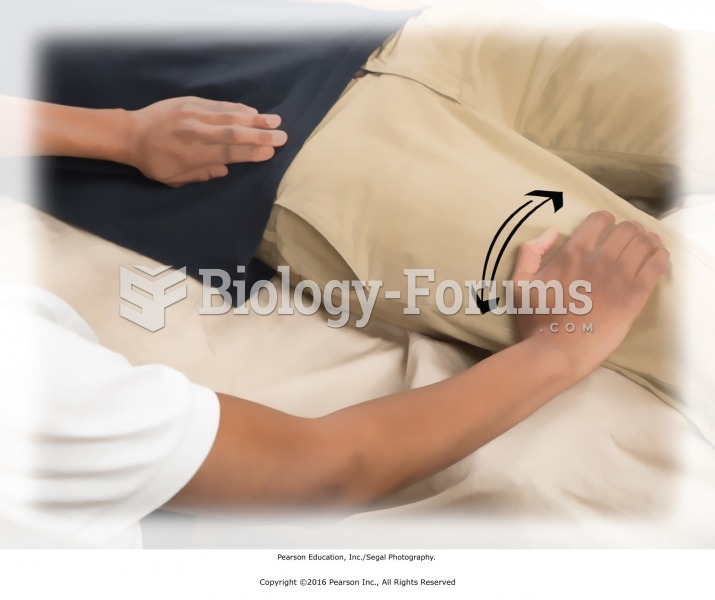|
|
|
Congestive heart failure is a serious disorder that carries a reduced life expectancy. Heart failure is usually a chronic illness, and it may worsen with infection or other physical stressors.
Human stomach acid is strong enough to dissolve small pieces of metal such as razor blades or staples.
The Food and Drug Administration has approved Risperdal, an adult antipsychotic drug, for the symptomatic treatment of irritability in children and adolescents with autism. The approval is the first for the use of a drug to treat behaviors associated with autism in children. These behaviors are included under the general heading of irritability and include aggression, deliberate self-injury, and temper tantrums.
Nearly 31 million adults in America have a total cholesterol level that is more than 240 mg per dL.
More than nineteen million Americans carry the factor V gene that causes blood clots, pulmonary embolism, and heart disease.







